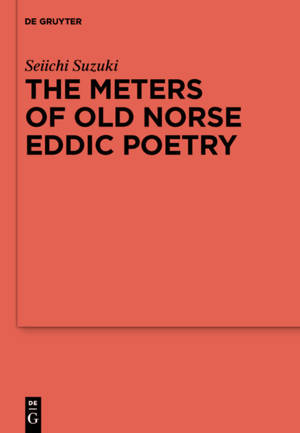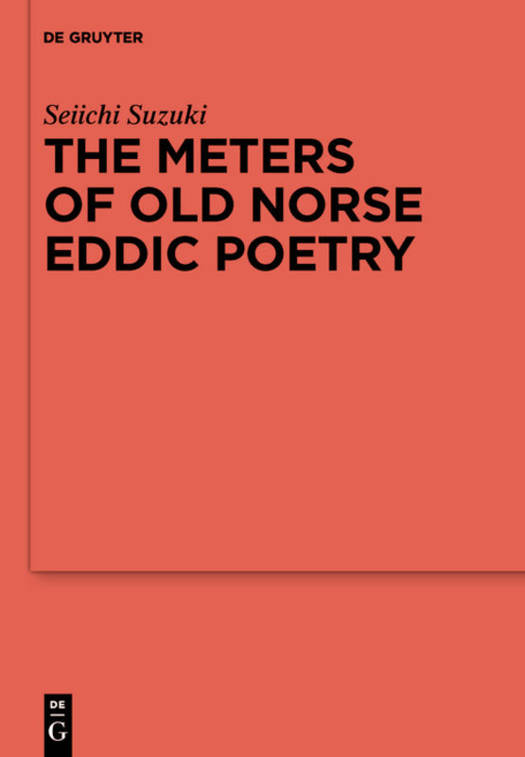
- Retrait gratuit dans votre magasin Club
- 7.000.000 titres dans notre catalogue
- Payer en toute sécurité
- Toujours un magasin près de chez vous
- Retrait gratuit dans votre magasin Club
- 7.000.0000 titres dans notre catalogue
- Payer en toute sécurité
- Toujours un magasin près de chez vous
The Meters of Old Norse Eddic Poetry
Common Germanic Inheritance and North Germanic Innovation
Seiichi SuzukiDescription
This book is a formal and functional study of the three distinct meters of Old Norse eddic poetry, fornyrðislag, málaháttr, and ljóðaháttr. It provides a systematic account of these archaic meters, both synchronic and diachronic, and from a comparative Germanic perspective; particularly concerned with Norse innovations in metrical practice, Suzuki explores how and why the three meters were shaped in West Scandinavia through divergent reorganization of the Common Germanic metrical system. The book constitutes the first comprehensive work on the meters of Old Norse eddic poetry in a single coherent framework; with thorough data presentation, detailed philological analysis, and sophisticated linguistic explanation, the book will be of enormous interest to Old Germanic philologists/linguists, medievalists, as well as metrists of all persuasions. A strong methodological advantage of this work is the extensive use of inferential statistical techniques for giving empirical support to specific analyses and claims being adduced. Another strength is a cognitive dimension, a (re)construction of a prototype-based model of the metrical system and its overall characterization as an integral part of the poetic knowledge that governed eddic poets' verse-making technique in general.
Spécifications
Parties prenantes
- Auteur(s) :
- Editeur:
Contenu
- Nombre de pages :
- 1141
- Langue:
- Anglais
- Collection :
- Tome:
- n° 86
Caractéristiques
- EAN:
- 9783110335002
- Date de parution :
- 11-12-13
- Format:
- Livre relié
- Format numérique:
- Genaaid
- Dimensions :
- 170 mm x 244 mm
- Poids :
- 1995 g







